ForgeRock® Access Management Customization and APIs - AM-421 Revision B.3
This course provides a hands-on technical introduction to ForgeRock® Access Management (AM) APIs and customization use cases. Students examine AM extension points and gain the skills required to extend and integrate an AM deployment in a real-world context. Additionally, students learn to implement various clients that communicate with AM. Development and testing best practices are demonstrated in a series of labs. Note that Revision B.3 of this course uses version 7.3.0 of AM.
Register your interest in this course here
Register your interest now
Description
Upon completion of this course, you should be able to:
- List the extension points of AM
- List which customizable components are affected in common AM use cases
- Understand the basic concepts of scripting
- Use the administration interface to look up, edit, and configure scripts
- Describe how AM performs authentication
- Review authentication nodes and authentication trees
- Design and implement a custom authentication node
- Describe how scripted authentication works
- Explore how client-side scripts are used with authentication nodes and trees
- Describe how server-side scripted authentication operates with authentication nodes and trees
- Use the administration interface to create and test authentication trees containing scripted nodes
- Discuss the policy concepts in AM
- Implement an EntitlementCondition or a scripted condition
- Describe the ForgeRock® Common REST API (Common REST)
- Enable Cross-Origin Resource Sharing (CORS) in AM
- Authenticate users through the REST API
- Manage identities and realms through the REST API
- Implement password reset and user self-registration by using the REST API
- Query the list of dashboard applications through the REST API
- Use the policy engine to protect non-URL-based resources
- Describe the policy management and evaluation REST APIs
- Describe OAuth 2.0 and OpenID Connect, including how to use their HTTP endpoints
- Demonstrate scope validation and customize the default behavior
- Explain the basic concepts of user-managed access (UMA)
- Configure AM as an UMA authorization server
- Manage UMA resource sets
- Demonstrate how to customize the UMA workflow


